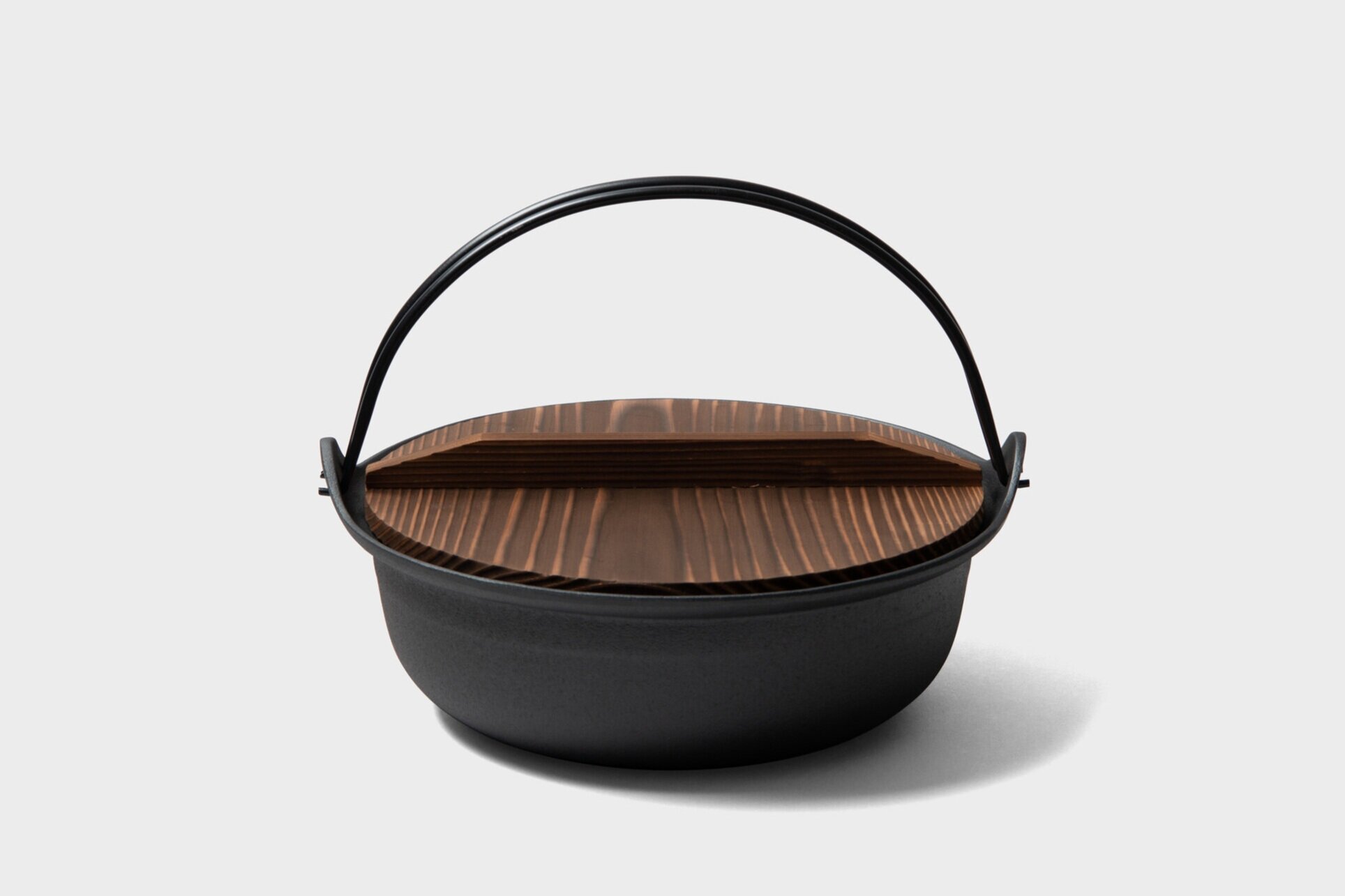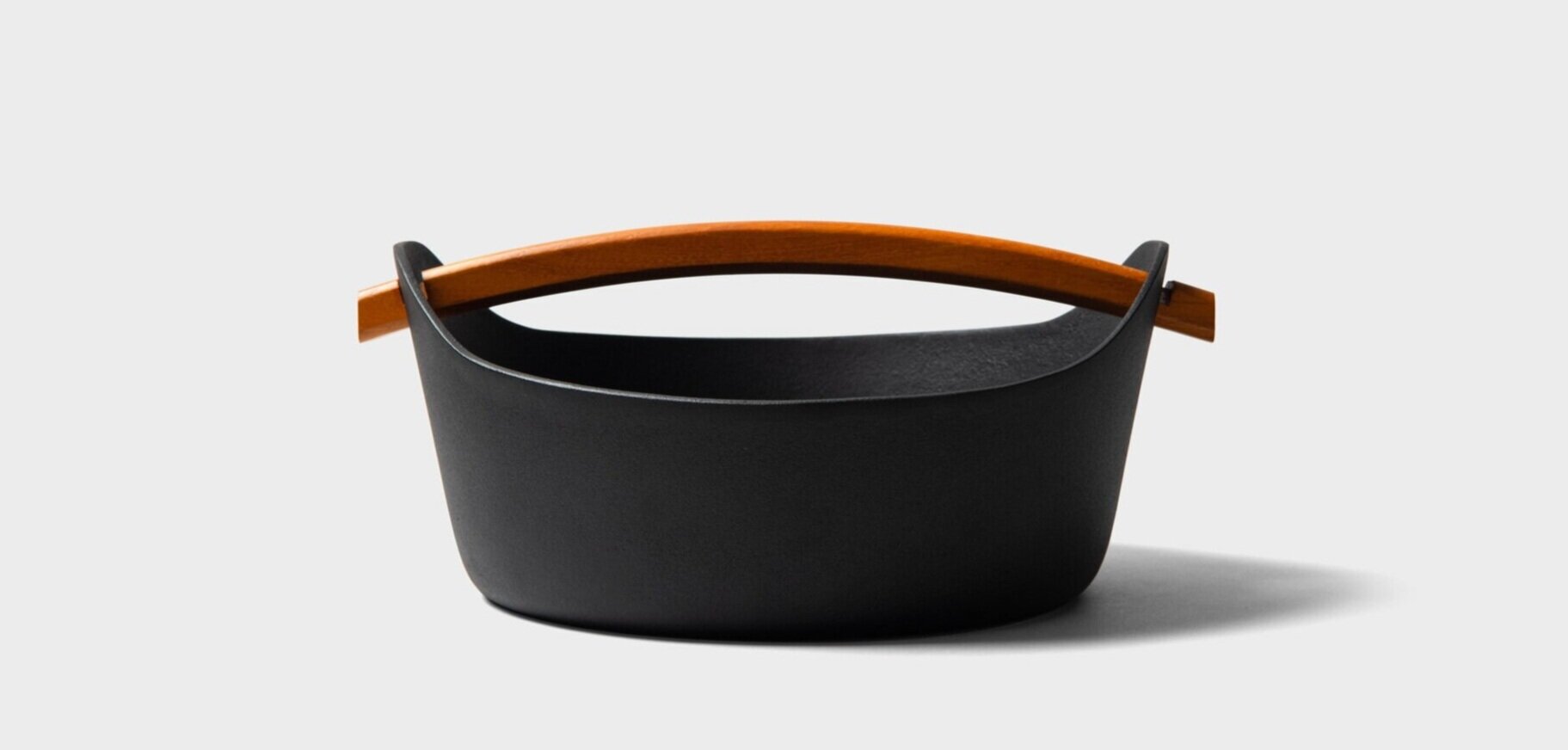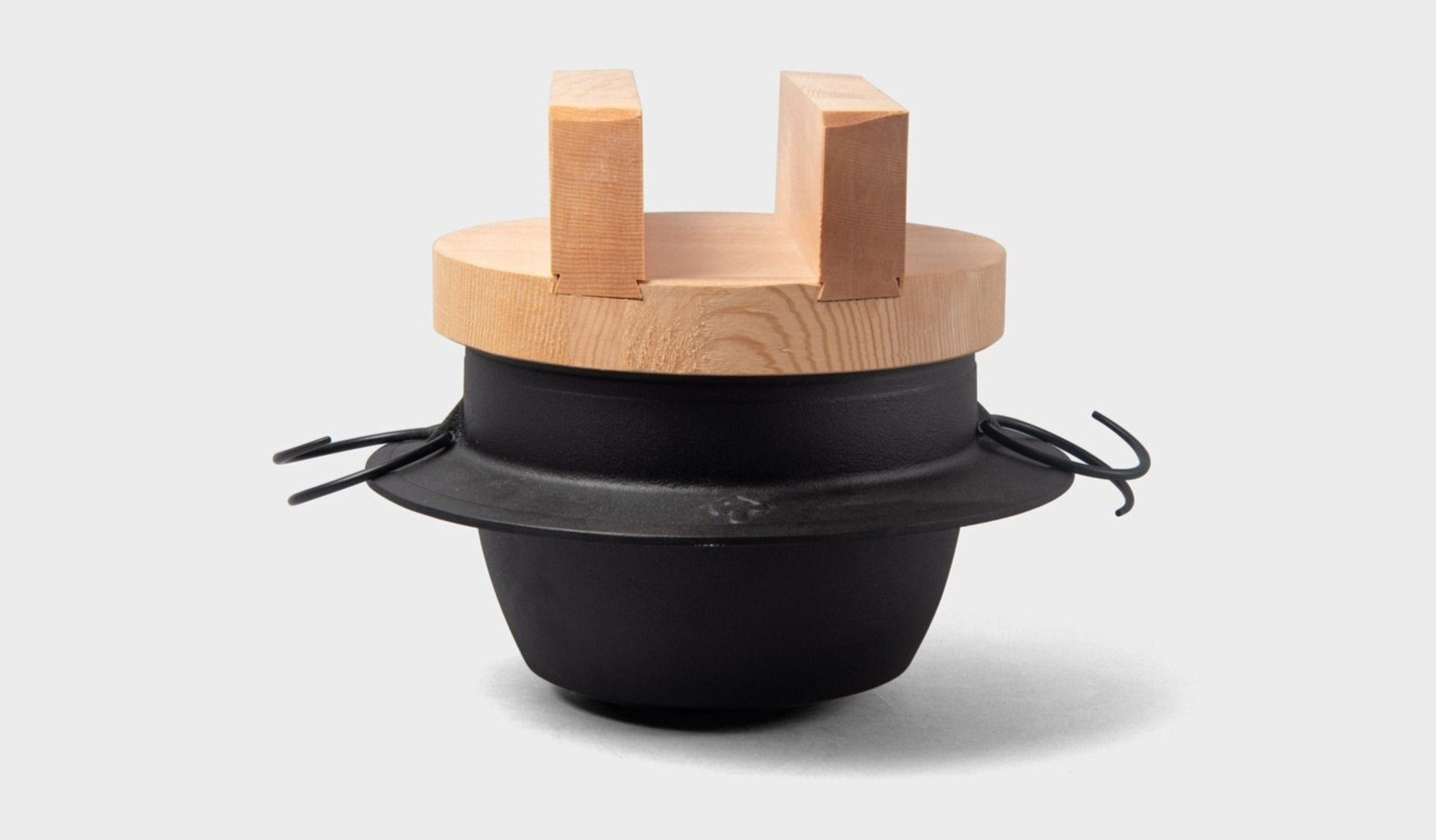Daily Care for Nambu Tekki Cast Ironware | Pot and Pan
History of Nambu Tekki Cast Ironware
Nambu Tekki is a traditional Japanese ironware founded in the Tohoku region during the Edo period (1803-1868). The origin of the craft can be traced back to the Nambu domain, an area now known as Iwate prefecture. It is said to have started when the tea adoring Nambu feudal lord invited craftsmen from Kyoto to develop iron tea kettles in the area. The Nambu Tekki craft thrived in cities like Mizusawa due to the wealth of natural resources available - including iron, sand, clay and lacquer.
The Making of Nambu Tekki Cast Ironware
Nambu Tekki is renowned for its durability, heat retention and austere design. The iron is subject to various processes to prevent rusting, such as baking the ironware in charcoal to create an inner oxide film and further coating the surface with urushi lacquer. The Nambu Tekki craft has officially been certified as a Traditional Craftwork of Japan and it continues to be revered for its enduring beauty and practicality. Today, a wide range of contemporary and induction compatible designs are available to suit the modern day kitchen.
Daily Care for Japanese Cast Iron Pot & Pan
To ensure the longevity of Nambu Tekki ironware, please follow the steps below for instructions on daily care. With proper care, cast ironware can last a very long time and it can be handed down over generations as treasured items.
After each use, rinse with water and wash with a natural-bristled brush, such as a tawashi.
To remove excessive oil, a small amount of detergent may be preferred but if used excessively, detergent may damage the inner protective film.
Remove any excess moisture with a clean, dry cloth.
Do not use in dishwasher and do not use a metal brush.
Seasoning Method | Before First Use
Cast ironware must be seasoned before first use to ensure that food does not stick to the pan surface. Before seasoning, always use oven mitts and work in a well-ventilated kitchen.
Prepare vegetable oil, shortening, leafy vegetables, natural-bristled brush, oven mitts, cloth and thick paper towels.
First, wash with a brush and lukewarm water. Gently dab with paper to dry and evaporate water by putting it on heat for less than 30 seconds.
Using plenty of vegetable oil, season the ironware by cooking vegetables. Fry chopped vegetables to help oil soak into the inner surface. Dab pan with a cloth to spread a layer of oil.
Using a cloth or thick paper towel, dab shortening on the surface area and handle while it is still warm.
Rust Prevention
Do not leave water inside for long periods of time, as it will cause the iron to rust.
Always use a sufficient amount of oil to avoid food sticking and causing rust.
To remove rust, first add one tablespoon of olive oil to the pot, and turn the heat on.
Cook vegetable scraps until they soften, coating the pot evenly in oil.
Gently scrub the rust spots with a tawashi or a soft scrubbing brush and rinse with water. Do not use detergent.
Remove any excess moisture with a clean, dry cloth.
Repeat the steps above until the rust disappears.
Caution
During cooking, make sure the pots and pans are heated evenly on low to medium heat.
If overheating occurs, do not attempt to cool under cold water as the sudden change in temperature may cause the pan to break or crack.
Always use oven mitts when handling cast ironware as it becomes extremely hot when heated.
For long-term storage, wrap in newspaper or a dry cloth and store in a cool, dry place.
Handle with care as it may crack or break if dropped.
How To Make Rice With Hagama Cast Iron Rice Cooker
One of the most essential yet simple dishes to cook in a Hagama Cast Iron Rice Cooker is white rice.
Place rinsed and drained rice in a Hagama Cast Iron Rice Cooker and pour the same amount of water as rice.
Close the lid and turn stovetop to medium-high heat until steam blows out, then cook for 10 minutes on low heat.
Turn off the heat and let stand for another 15 minutes and fluff with rice spatula before serving.
Daily Care for Japanese Cast Iron Rice Cooker
Hand wash only with water and a soft sponge.
If rice becomes stuck to the inner surface, pour hot water into the rice cooker and soak for a few minutes before washing it off.
Wipe thoroughly with a clean soft cloth and store in a cool, dry place.
Do not leave to soak for long periods of time as it is subject to rust formation.
Caution
Do not heat dry. If overheating occurs, cool down the pot first and do not pour water immediately as the sudden temperature change may cause the pot to crack or break.
Do not use an abrasive sponge such as a wire wool as it may destroy the inner enamel coating.
After use, small cracks may appear at the bottom of your pot and the black coating may come off. This is a natural process and it does not cause any harm to the body. However, discontinue use if the inner enamel coating begins to peel off.



